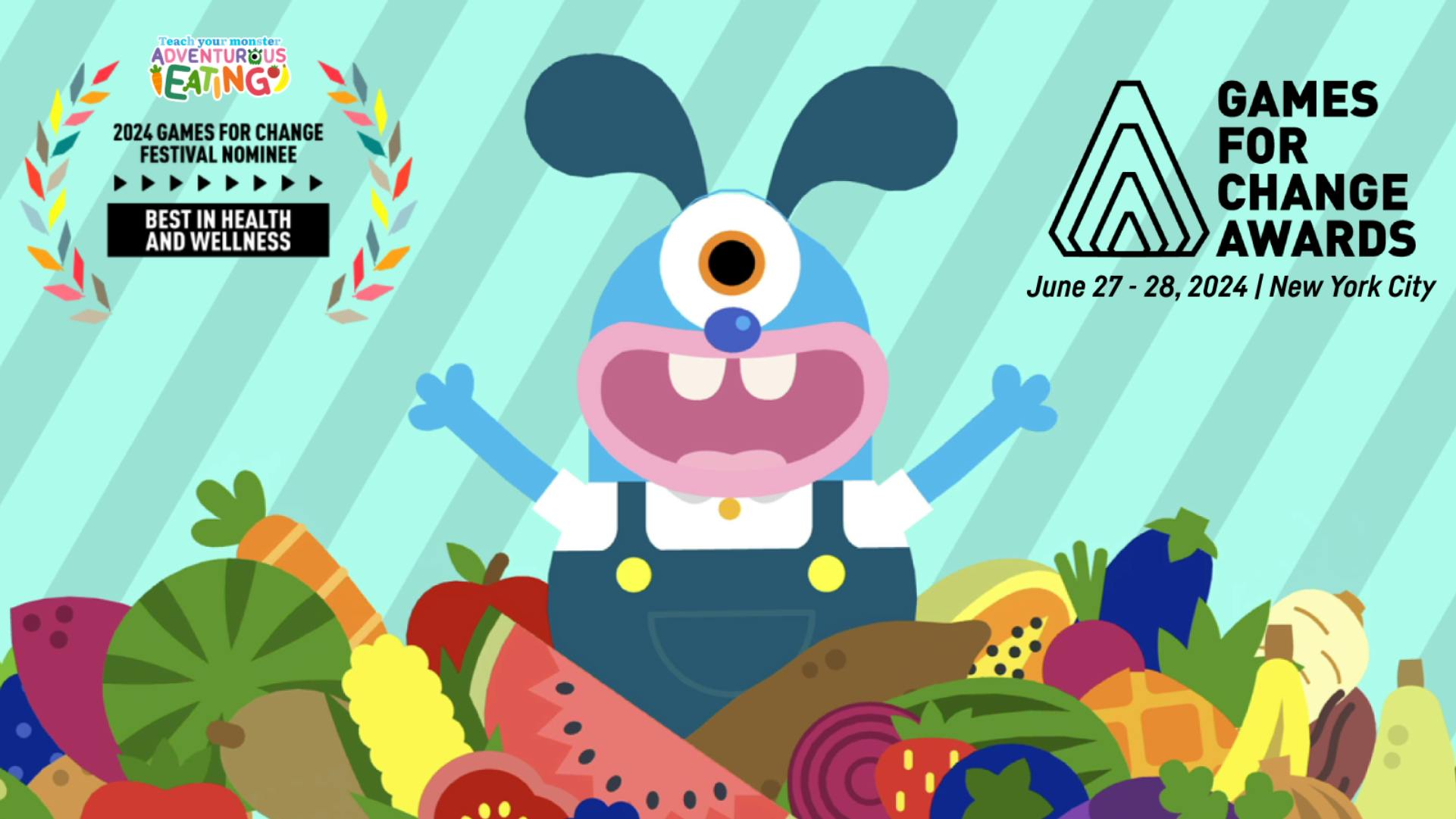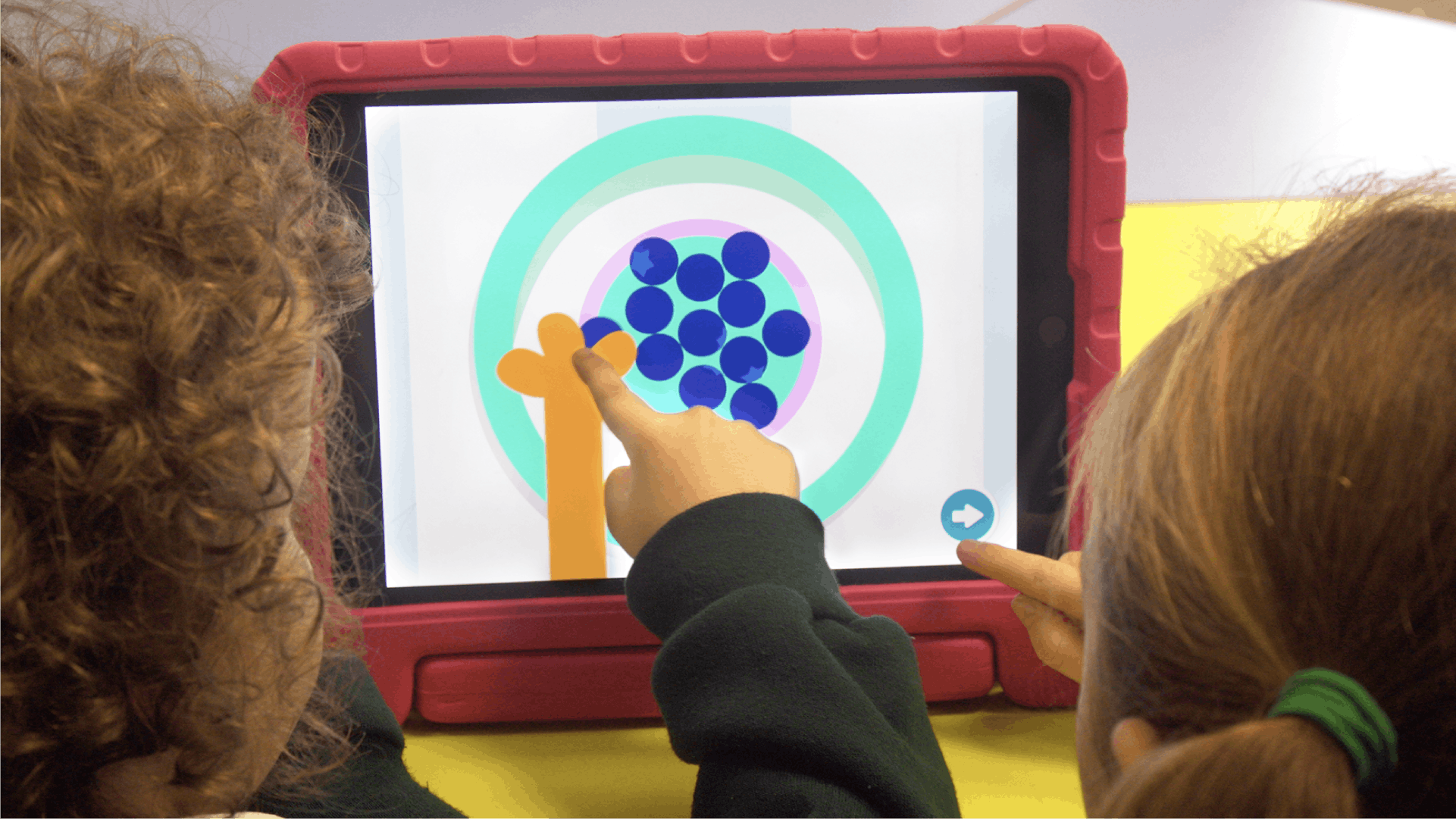
Developed with Dr Lucy Cooke, our game Adventurous Eating aims to turn fussy eaters into Adventurous Eaters - but just what is the research behind this? In this article, we explore the SAPERE method and its influence on Adventurous Eating.
Teach Your Monster Adventurous Eating is designed as a fun game for kids that almost works like a TV show with a different food or vegetable featured in every food party. It has games and catchy songs, plus the chance to grow their own food in Bub’s garden. But as with all our games, underpinning the entertainment is some serious research. In this case the Sapere Method.
What is the Sapere method?
Developed by the French chemist and ethnologist (which is a kind of social scientist) Jacques Puisais, the SAPERE method is based on engaging the senses and knowing their importance in getting to know food and learning eating habits in childhood. The method derives from years of expert research in nutrition and education.
The SAPERE method was developed to address various eating challenges, including food allergies, promoting diverse eating habits in children, and combating rising obesity rates. Tested on children of different ages, people who worked with the children found measured improvements in varied eating habits.
By making use of all the human senses — smell, taste, sight, hearing, and touch — children can learn new things about food through experimentation and their personal experience. The more children engage with food and watch others engage with food too, the more likely they are to build a complete sensory adventure into food.
This method also encourages children to give their opinions about food and share their experience of trying new things. Any child’s experience of a particular food is not right or wrong, it’s just their experience - which is always ok! Furthermore, during tests, it’s been discovered that when children observe others trying new foods, they’re more likely to give it a go themselves. It is the principles behind this that are woven into the Adventurous Eating game - creating a really fun and safe space for children to explore new foods with their monster… and be encouraged to give them a try in real life too.
Challenges with food can often begin in toddler years
Our Adventurous Eating expert Dr. Lucy Cooke says “People's food preferences and eating habits track through the lifetime. We know that lots of fussy children do eventually grow out of it and become better eaters later, but at the same time, laying down a foundation of good eating in early childhood is likely to track all the way through life. It's just better for children to eat well from the start.”
Doubts and fear of new food, or ‘food neophobia’, is at its strongest in two to three-year-olds, and it might take a few steps to overcome these fears.
Researchers have observed that the more a child notices that a food substance is available, the more often it will be chosen later. Children need to taste something roughly fifteen to twenty times in order to become familiar with a new food. The research also noted that children who have difficulties with sensory integration (how the brain interprets things we sense) also benefit greatly from the method.
How does Adventurous Eating help with food aversion?
Adventurous Eating reflects some of the key theory behind the SAPERE method using fun sensory mini-games. Children get to take their monster to a food party, where they encourage them to try a variety of fruit and veg using all their senses. The narrator provides gentle, encouraging language, while the monsters express their preferences throughout the game—perfectly modelling the idea that food is a safe, enjoyable experience and that it's okay not to like everything you try.
Dr. Lucy Cooke says “Food in reality can be quite stressful for children. If children are able to explore things in an app, with some distance, then it can help reduce anxiety in some children.. it’s just a very good way of educating children about foods without actually having to have the food in situ.”
This idea is supported by parents who have tried the Adventurous Eating game with their children. One parent reported:
“My child has food aversion and normally requires weeks of occupational therapy to try a new food. After playing your Adventurous Eating game they tried seven new foods! I made a little notebook so they could rate and tell me how each food felt, smelled, looked, sounded, and tasted - just like in your game. I also asked them to rate it on a scale 1 through 10, and if they would ever try it again. Out of the seven different foods my child tried, they liked two of them. That is HUGE progress for them. I am very thankful for your game!”
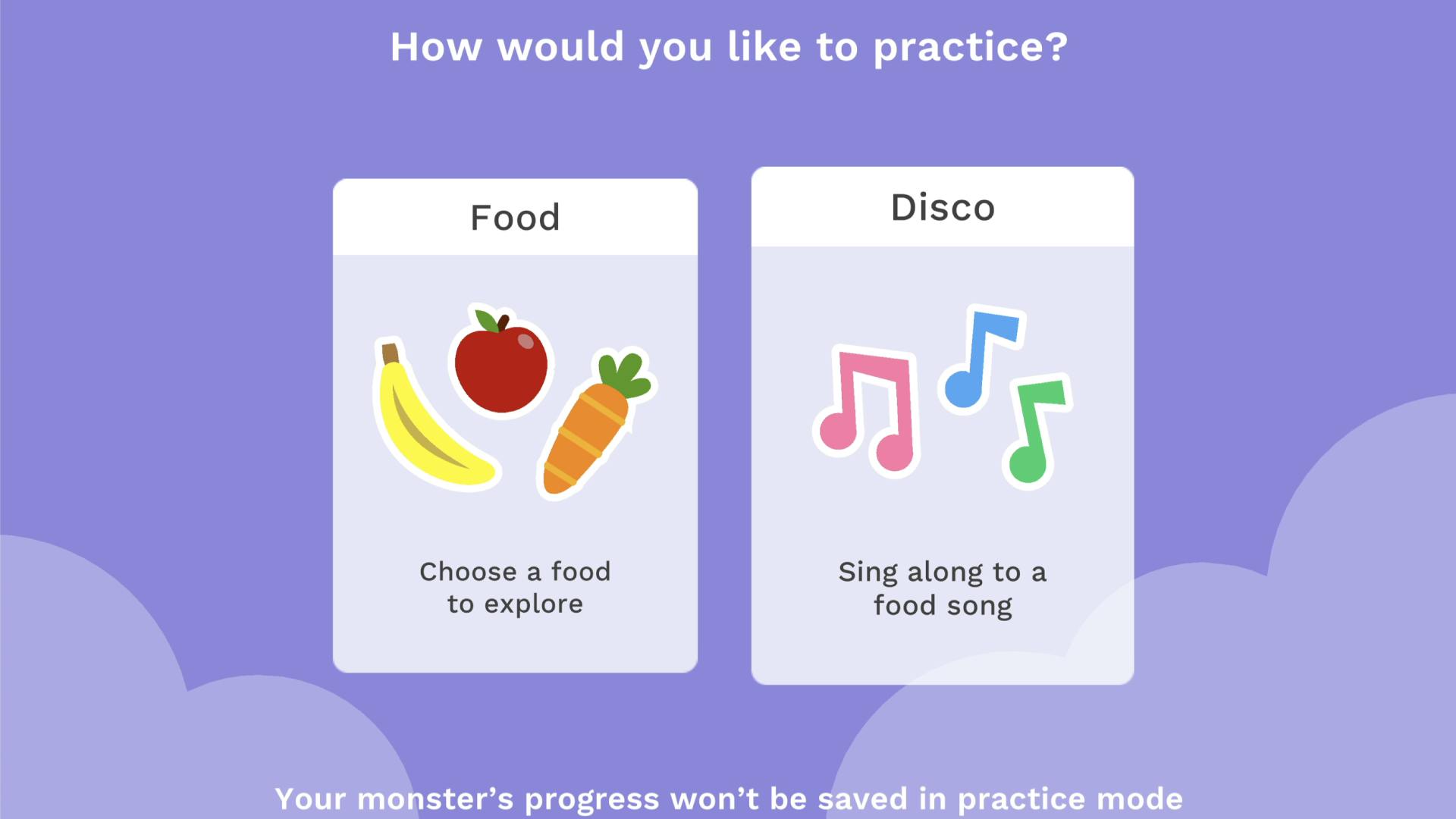
In the latest update to the Adventurous Eating game, there’s now a useful ‘Practice Mode.’ You can quickly dive into a particular fruit or veg and let your child explore it with their monster (just before they try it in real life), hopefully leading to easier mealtimes!
To maximise the game’s impact, pair it with real-life activities. For example, ask your child “If your monster has explored a tomato today, maybe we could explore a real one together?” Or copy one of Adventurous Eating’s sense games at home and ask some questions about the food.
We have a helpful list of questions and things to talk about that you can download here.
Good luck with your adventurous eater!

Al Goss
Product Manager for Teach Your Monster Adventurous Eating
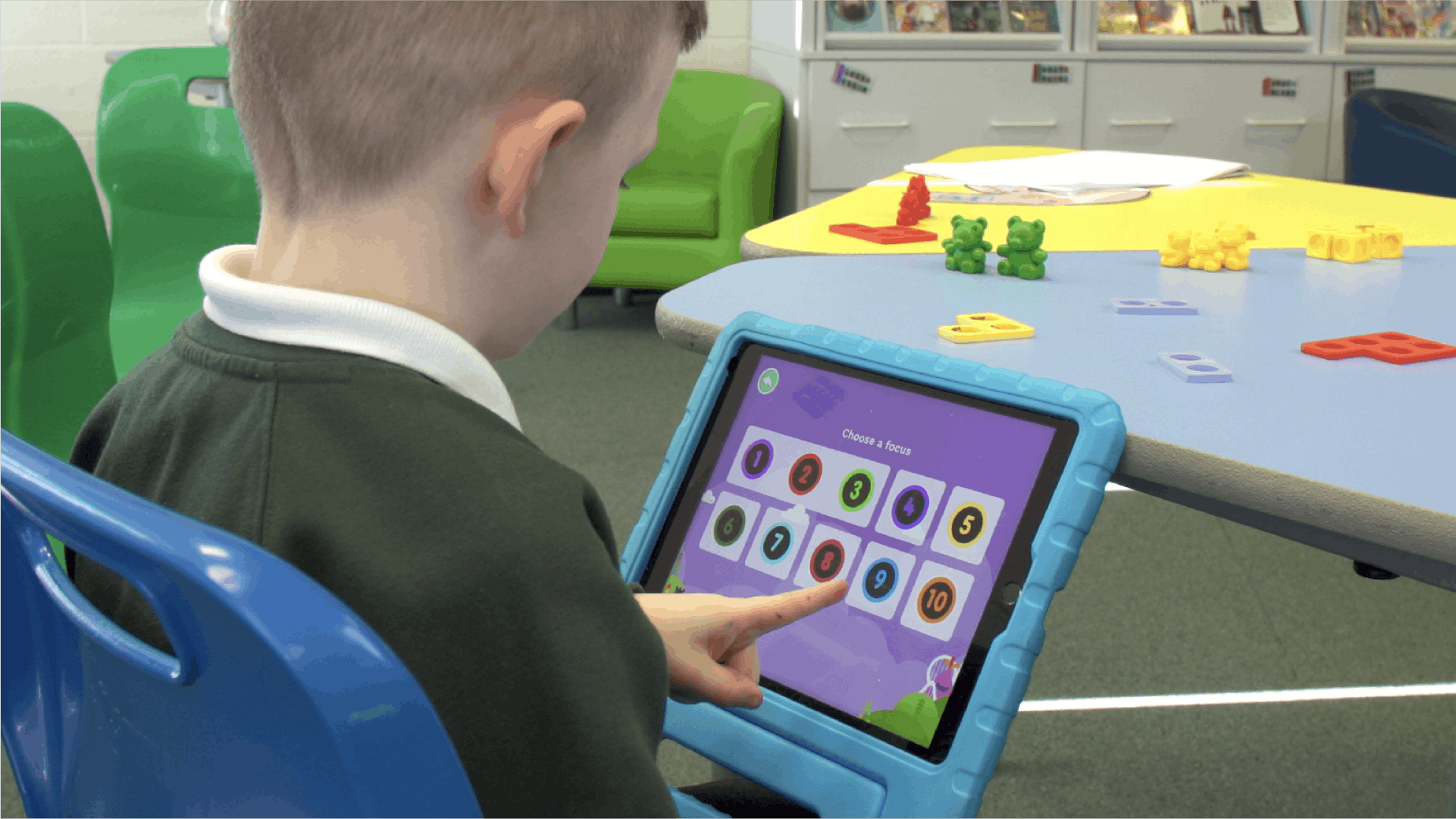
Did you know that as well as ‘Adventure Mode’, we have ‘Practice Mode’ in three of our games? If not, then this is the perfect article for you.
We know that practice makes perfect right? Perfection is difficult to achieve (and probably way too much to put on your average 6-year-old!) So here at Teach Your Monster, we believe that practice makes progress. Every repetition and mistake helps children to progress and learn, so we keep practice right at the forefront of all our games.
‘Practice mode’ allows you to access the games contained within ‘Adventure Mode' quickly and directly - think of it as a shortcut menu to the specific learning activities contained within the larger game world. Using practice mode you can speedily create tailored activities for targeting those particular areas where your learner needs to spend focused time. Whether that’s in phonics, early maths or just reminding them why peas are actually a lot of fun - and delicious too!
We know the biggest fans of Practice Mode are teachers, who can select targeted activities for particular children, have a whole-class interactive whiteboard session, or even a quick time-filling activity to get the kids back into their learning after a rowdy playtime. Practice Mode has so many applications, we thought it would be good to remind you all of what it is and how you can access it.

If you have a kid who is struggling with their phonics learning, tricky words and letter sound matching, then Teach Your Monster to Read Practice Mode is just the thing. Brushing up on these skills is made particularly easy with the three options in Practice Mode:
Sighties - For kids to quickly identify sight words (also known as ‘tricky’ or ‘non-decodable’ words)
Minigames - These games are found in Adventure Mode, so this works well side-by-side with what the child has already played. Practise specific grapheme-phoneme-correspondences (GPCs) in a variety of letter-sound matching/blending and segmenting games.
Flashcards - to practise all GPCs with images.
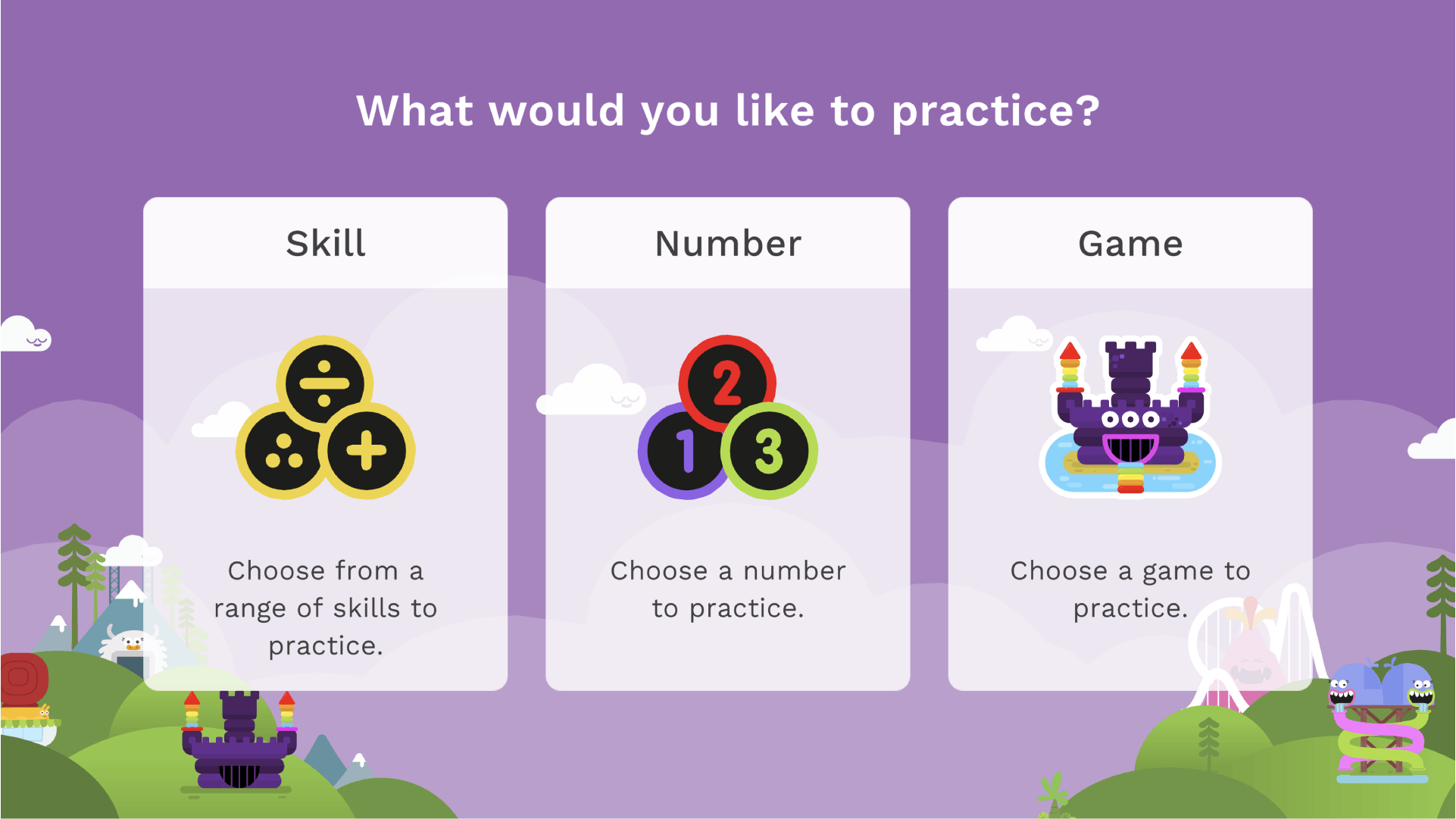
Want to spend more time on a specific game, number or skill? Then go to Practice Mode in Number Skills.
Skill - Select a skill you’d like to practise. This could be counting up, down or on, Number Bonds, Subitising (the ability to recognise numbers without counting) or counting in 2s, 5s or 10s.
Number - Select a particular number or range of numbers to practise.
Game - These mini games are the same games available in Adventure Mode. Select a game and number to focus on.
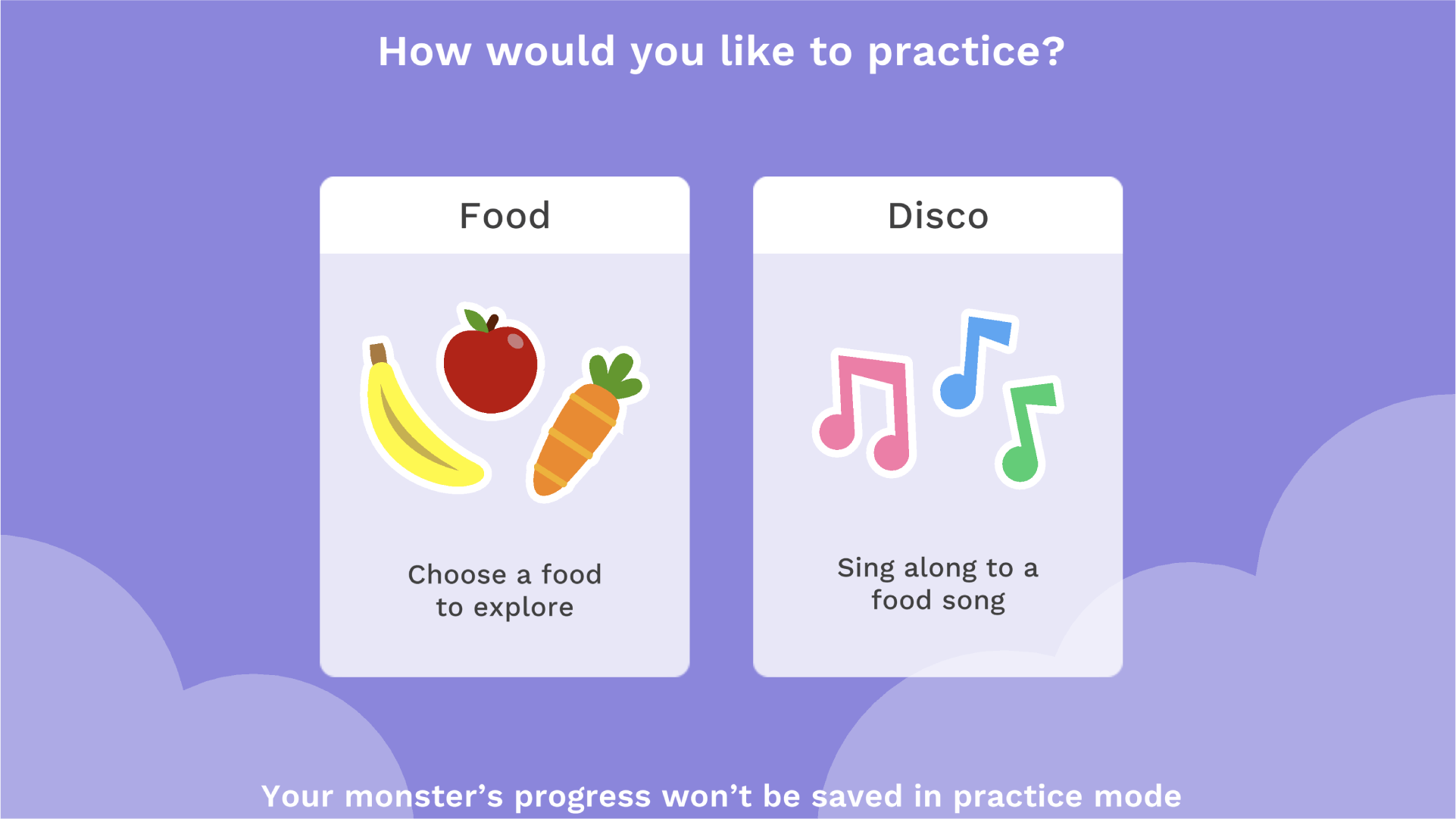
Adventurous Eating’s Practice Mode allows you to select particular fruit or vegetables, and interact with them using the monster's senses. Designed to allow the adult to select a specific food, Practice Mode allows the child to interact with that food through the game, making them a little bit braver with it. It works well if you have a picky eater who doesn’t like certain foods — tomatoes, for example.
Select tomatoes from Practice Mode and let them play through all the sensory games with the tomato. Next time they encounter one in real life, maybe they will even give it a little try! Perhaps you have a recipe with an unfamiliar food in it? Before cooking give your little one a bit of time to get comfortable with the new fruit or vegetable using Practice Mode. They might even then be excited to try it!
At Teach Your Monster we are always trying to make as much positive impact on our littlest users while helping to make our biggest users' lives easier. We think Practice Mode goes a long way to achieving this. Learn more about Practice Mode here or access it from the game on the web or your at-home app.
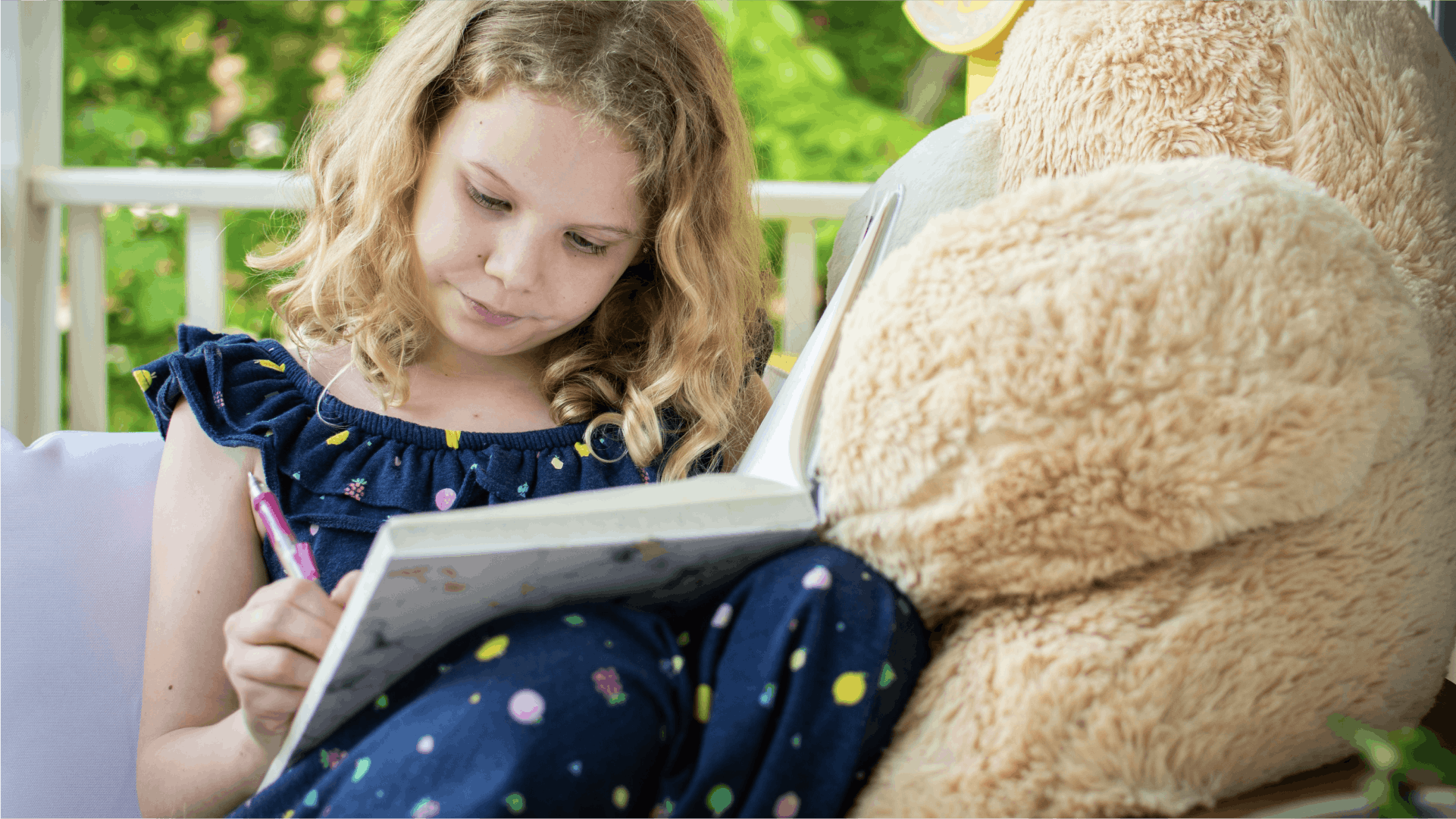
It’s that time of year again! Spooky season is upon us and what better than to celebrate with a spooky book exploration? There are a whole lot of spooky kids' books out there, and there’s nothing like a bit of grotesquerie to spark kids' imaginations. Kids love talking about icky, sticky, gooey, oozy, creepy, crawly things and I always got the best writing from my class with a spine-tingling story. In this article, I’ll be sharing one of my favourite tales I used to use in Primary school for encouraging reading, writing and widening children’s vocabulary.
You may have heard of The Frog Prince, but have you heard of The Frog Prince, Continued? Written by Jon Scieszka, it’s a story about what happens after the frog kisses the princess—and they don’t live quite so happily ever after, after all.
If you get your hands on a copy, you’ll see the most weird and wonderful pictures by the illustrator, Steve Johnson. Steve has done a wonderful job of making the witches in the story varied (and all cute and creepy in their own way) and the author, Jon Scieszka, didn’t write any descriptions of the witches, so these were always the best for class discussion.
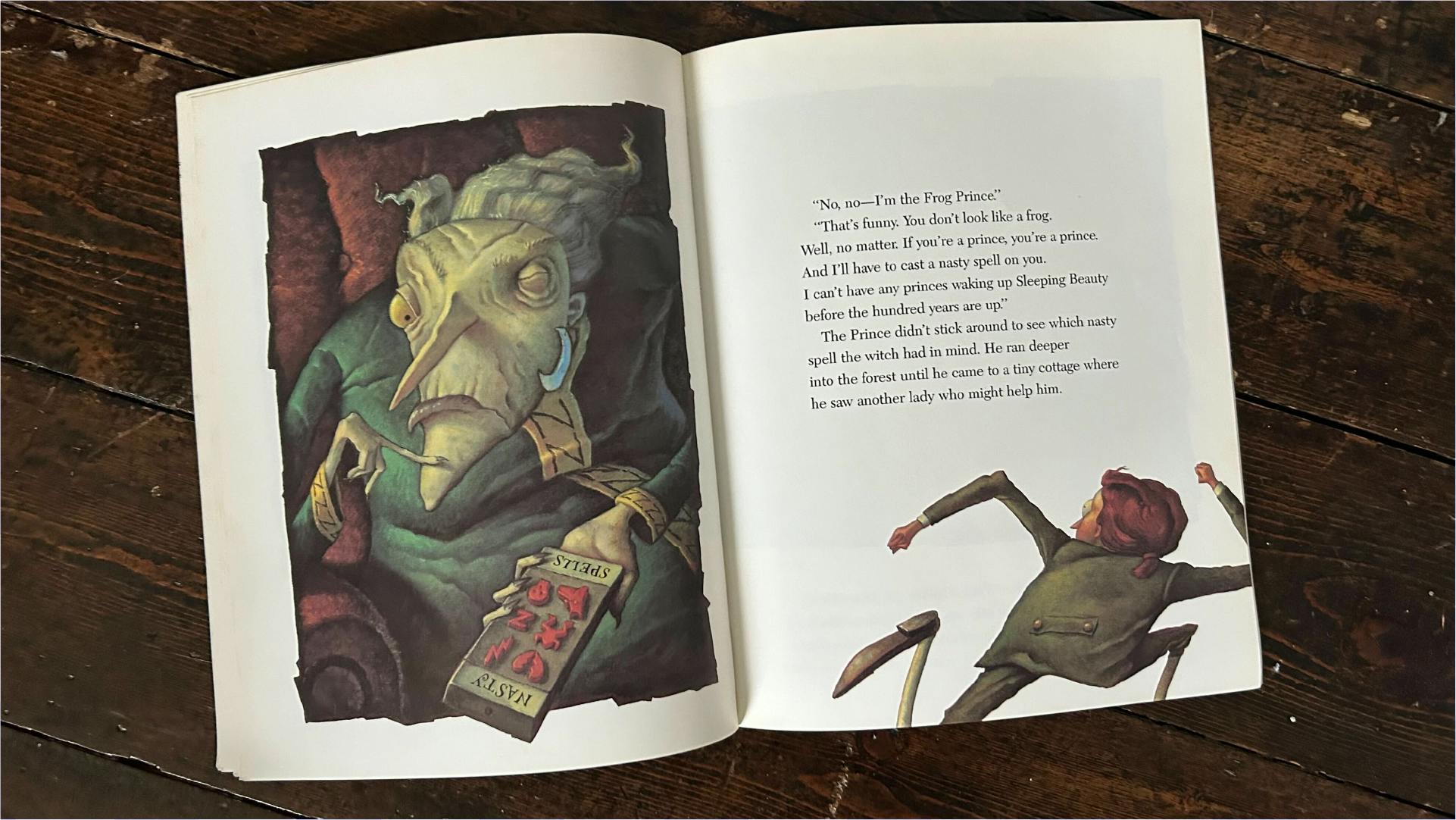
I’d start by reading the story as an introduction, then stop as we got to the first witch page. As a prompt for discussion, I’d use each illustration of a witch to prompt an ‘adjective harvest’, getting the kids to describe the witch's features and then prompting them to uncover more vocabulary.
For example, if a child described the witch's lips as ‘slimy’, we’d ask “How slimy?” or “Slimy as a…” to prompt similes (a figure of speech comparing one thing with another thing of a different kind, used to make a description more interesting). I could also ask them to extend the sentence “The witch’s lips were so slimy that...” or “When the boy looked at the witch’s slimy lips…”
Once the class had gathered all the adjectives and similes it could, and wrote them up on the board for our ‘word bank’, we’d move on to writing a description of our witch. This same word bank could be used for their own spooky stories, from werewolves to ghosts, goblins and ghouls. The results of these classes were some of the best writing the kids had ever produced, and were a lot of fun too!
So this Halloween, why not try an ‘adjective harvest’ with your class or kid at home? Get a spooky book, read it together and get describing! If you have our game Reading for Fun, check out ‘The Ghostly Galleon’, it’s a great one for getting those spooky juices flowing!
Kay Leathers
A freelance consultant for Teach Your Monster and ex-primary school teacher!
Photo by Drew Perales on Unsplash
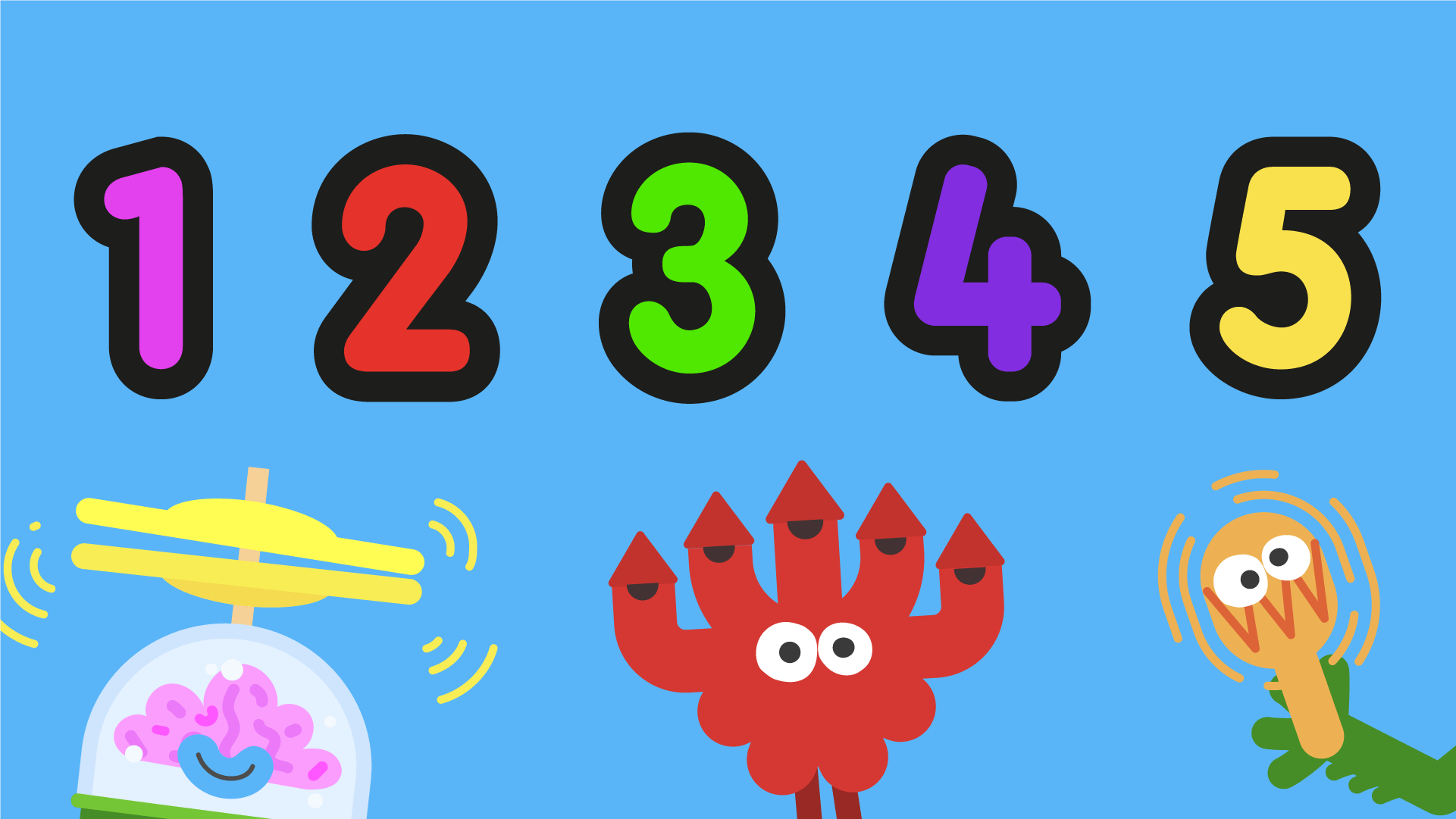
This term in reception classes, maths lessons have been largely focused on the numbers 1, 2, 3, 4 and 5. Teach Your Monster Number Skills also starts off focusing on these first few numbers, both because it matches what your children are learning and because we know helping kids build a solid foundation in numbers leads to a greater chance of maths success later in life. So just what have they been up to and how can we help our kids at home?
Early number learning is based on the ability to count, use different representations of numbers and subitise — the ability to instantly recognise a number without having to count. For example, Number Skills uses fingers and dice to represent the same numbers to build up that instant recognition of a value.

You can use lots of home items for this such as small toys, buttons or coins. One easy idea we liked was to use different coloured dried beans and allow them time to sort the beans into different colour groups based on their quantity. Let them tell you what they did. Rather than overwhelming them with higher numbers, start with a small amount of beans and then you can ask deeper understanding questions like:
How many can you see?
How do you know?
How many are there in each group?
What can you show me?
What can you see?
How many ways can you show me this number?
Why did you organise them in this way?
This will help them build stronger connections between the physical and visual representations and their knowledge of numbers.
Another way to help them with early number recognition is to do a number hunt! Where can they find 1, 2, 3, 4 and 5 in your house? Do they count to find how many? Encourage children to create their own collections of things and observe how they do it, can you ask them any of the above questions to help them develop their mathematical thinking?
To help your kid further with number recognition, we’ve created a spooky Number Skills Halloween game. All you’ll need is a dice and some coloured pencils. Simply print the second page, roll the dice and colour the matching number of creepy creatures!
Finally, as we mentioned in our article ‘Maths and Music’ from last October, sound and rhyme are also very important in maths learning. For example, one simple activity you could try is to clap a number of times and see if your child can match a number of objects to the claps they heard.
There are also plenty of early number songs out there, here’s a few suggestions from us:
- Hickory Dickory Dock
- Three blind mice (particularly good if you’re feeling spooky this Halloween!)
- Three Little Speckled Frogs
- And our very own Number Songs found here.
Hopefully, that’s given you a few ideas on how to continue learning at home in fun ways, and you can always play our game Number Skills, which helps you in game form!

Leo Allen
Number Skills Product Manager
(5 minute read)

We caught up with maths lover and Number Skills Expert Bernie Westacott in this behind-the-scenes interview.
What’s your favourite number?
91, because whenever we study prime numbers at school and you ask the children to write down all the primes in the nineties, they invariably put 91. And they don't realise that if they know that seven twelves are 84 then another seven will be 13 sevens. So, it's another way of building structures of numbers and making connections. So, I just sort of sit back and laugh about how many get it wrong and then we go through it.
And what do you enjoy most about maths? Why did you get into a lifetime of maths?
Because I was so bad at school. Well, I'm very dyslexic. I have a memory issue, sequencing problems, and everything was by rote at school. And I really didn't enjoy it. I didn't do too well at it. And I wanted to become a teacher. So I hoped that there was another way of doing it.
And a lot of people, when they don't enjoy something at school, they run a mile from it.
Yeah, I go the opposite way. I'm dogged, I like to solve problems. I like to get on top of things. I don't like them to get on top of me. And then I kept working and working at it, particularly when I started teaching. And then, as a result of that, I fell in love with it, became very passionate about it, and then tried to pass that onto my pupils.
So what are the problems facing children at the moment?
What are the problems facing children in mathematics? Number sense is a huge issue. Children don't develop a sense of number, how it works, how it hangs together. You will see children in this country and other countries age 16 who still don't know that seven is made up of five and two, four and three.
So they don't have this fluency, this ability to break a number apart and put it back together. That is one of the big issues. Another issue that's right across the curriculum is there's too much content and children do not have enough time to play, explore, collaborate, discuss and reason.
The problems start from the very beginning, particularly in the UK at the moment, because there is a drive for the dogma of the knowledge-rich curriculum and it completely flies in the face of everything we know about how young children learn mathematics.
And that is becoming a real issue.
Could you talk a little bit more about your concerns around the knowledge-rich curriculum?
The knowledge rich curriculum comes out of, I think, a slight misunderstanding of cognitive science, that declarative knowledge that 'I know this' and 'I know that' and mathematics is more about understanding structure and concepts than knowing knowledge. Declarative knowledge also comes about as a result of experiences that young children have, not solely by rehearsing statements or facts. Though it's great to know number facts, you have to understand the structure, how these things are built together there and that knowledge-rich curriculum or dogma is in danger of taking that away from young children what they need to be doing.
Why is creativity important in Maths?
Creativity is an aspect of maths I think that's very important for young children. You don't just learn to solve problems because somebody taught you a way to solve this problem. You need to reason and do things for yourself and 'investigate and explore' - words that are being taken out of the curriculum at the moment. I feel creativity is important in mathematics, so I don't want children to see it as something they learn and they do off by rote.
I want them to be able to create their own ideas. So, we've been working with young children on number bonds and we built some frames to fit things in. We want to see how many different ways they can develop and do that and be creative, but also in doing that creatively, they will slowly start to pick up a systematic way of doing things. So I think it's a very important area to do from the very beginning.
So what's been your involvement in Number Skills?
My involvement in Number Skills has been, first of all, to identify the key areas that young children need to be developing in mathematics, and then to outline what the pedagogy looks like, and then to work with the game developers so that they can make that fun and bring that in. Between the all of us, we're developing fun games that are pedagogically sound and based on current and latest research.
Working with the team has been very different from the teaching experience I've had. It's been a very collaborative experience and it's been very creative. I thoroughly enjoyed every minute of it and hope to keep doing that.
How does Number Skills support the learning of these mathematical concepts?
On the one hand, it's playing games, so children are relaxed, they're comfortable, they're having fun. They don't even realise that they're learning.
But on the other hand it's all presented in a way that's pedagogically and research-based correct as well. And they're just enjoying themselves, learning things.
So, what are the exciting upcoming features that you're working on with the Number Skills team?
Lots of different things. One of the most exciting features is the Sandbox, where children go in and it's free play, which we would like to have a lot of. They're constructing their own world, their own ideas, their own understanding. They can investigate and explore. These are key elements of the creativity aspect of mathematics.
Finally, what’s your favourite game in Number Skills?
I have one I love. My favourite game out of all of them is Slides because it evolved through a lot of conversations and it's got a very important thing in it, which is that we start with a number and we decompose it into two parts, but we see them go down the slide and the important bottom line is that we see them recombine at the end.
So, we have the inverse process in mathematics where you separate and join together. And already children are seeing that the breaking apart and joining together are inverse processes. I think it's very powerful message.
Follow Bernie and his amazing work here and look out for the new updates to Number Skills by following our Teach Your Monster social channels (links below).
(3 minute read)
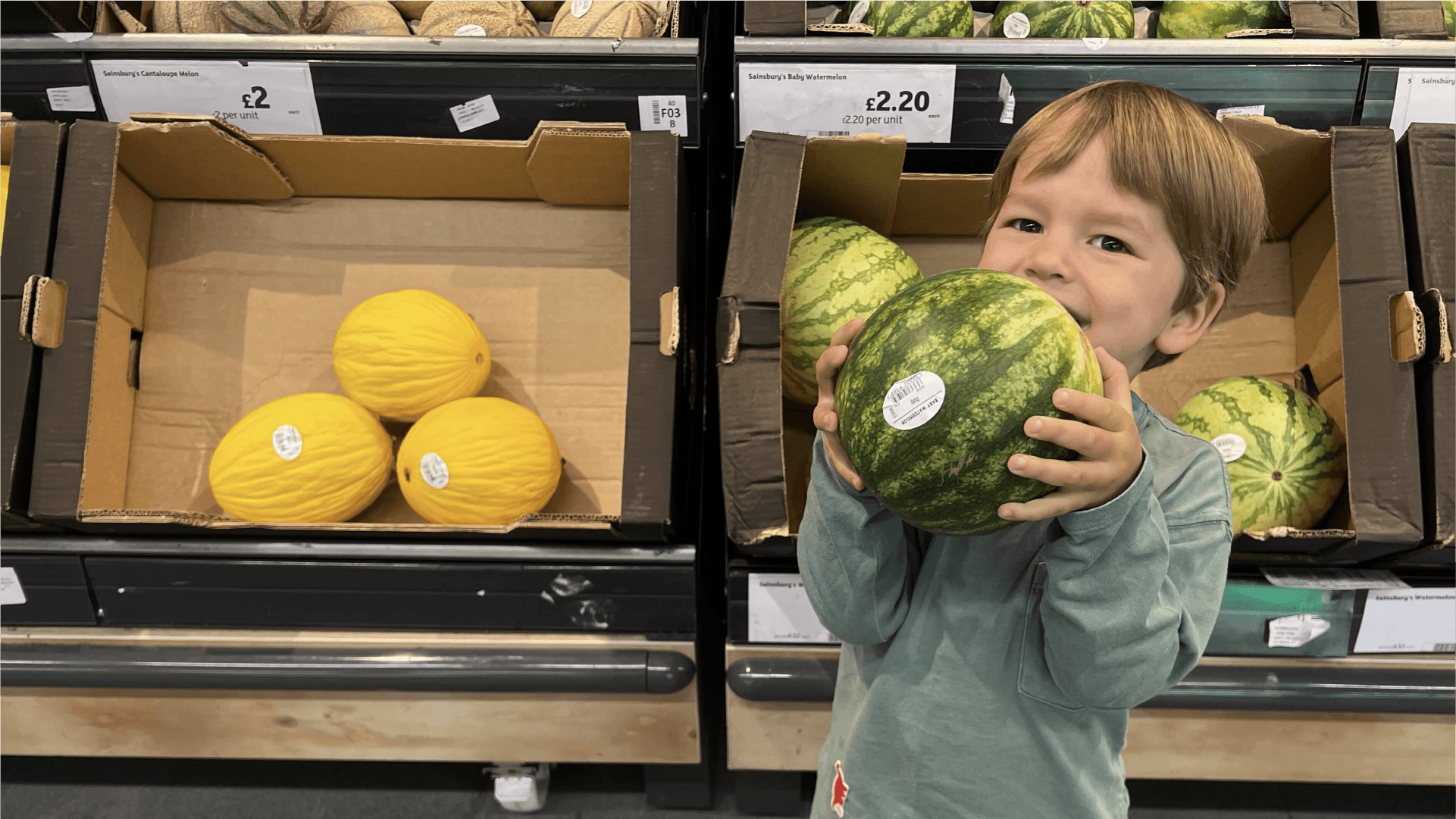
After all that hard work everyone's put in to get through a whole year of learning, summer is the time to really knuckle down and get some homework done? No? Of course not! Kids are tired ( so are adults) and everyone might need a bit of fun and relaxation before the new school year! Our games are fun and educational, so that ticks all the boxes! We’ve gathered our ‘TOP TIPS’ for keeping your child active with Teach Your Monster learnings over the holidays (and get them ready for school at the end of summer). We hear from our Literacy games manager and our Maths game manager, Alex and Leo!
- Play phonics eye-spy! Same as normal eye-spy, but with phonemes instead of letters. A phoneme is a letter-sound, for example, the phoneme /f/ for the grapheme 'ph' as in photograph. Whilst playing, use a pen and paper (or even just your hands), to draw the grapheme that matches the phoneme sound. You and your child could even look for things that use a phoneme they have learnt in Teach Your Monster to Read, and get them to spot it wherever you go.
- Make fun phonics songs: Check out these animated phonics songs, which are great for revising and teaching letter-sounds. Catchy and easily adaptable, children will want to sing along and invent their own.
- Reading for Fun is the perfect portable library of over 70 books in your pocket. I bet you couldn’t fit 70 real books in your carry-on!
- Kids finding it hard to sleep in the hotel bed? Why not get Reading for Fun to tell them (and you) a bedtime story, you’ll soon be off to the land of nod.
- Map-reading quest - reading is more than just stories and facts. If you’re visiting a new city, grab a map from the tourist information centre and let your child use their map-reading skills to navigate their way to the park.
- Supermarket Counter - Ask your kid to get you a number of something in the fruit and veg aisle - this will help practise their number skills. If they need a challenge, ask them to get 2 more and see if they can count on (1, 2, 3 etc) or add them (1 + 2 = 3).
- Practice makes perfect - If you know there’s some areas your teacher says your child needs to do a bit more work on, Number Skills’ practice mode can get your kids working on specific topics, numbers or mini games.
- Play board games - Research shows playing board games is a great way of getting more confident with numbers. Snakes & Ladders has been proven to be a particularly effective (and fun!) way to get in some number practice.
- Supermarket Dash - Ask your child what fruit or vegetables their monster has been trying in the game. Can they find one in the supermarket? Would they try one? Perhaps even take it home for trying later.
- Friday Try-Day - getting your kids to try new fruits and vegetables can be the last thing on your list of things to do, especially if they can be a reluctant eater. Carving out just one day of the week for trying something mysterious is a great way to start a new good habit - try to sync it up with the day you usually do your food shopping, so you can grab something fresh. Better still, let your little person pick the new food themselves.
We hope you have lots of fun trying these over the summer!
Alex Goss and Leo Allen,
Product Managers for Teach Your Monster
(2 minute read)

We have a huge library of books in our game Reading for Fun - over 70 books - perfect to take on holiday. We wanted to highlight some of our favourite summer reading and activity books, things you can do with your kids over the holidays. Earn all these books by playing through the activities in Reading for Fun!
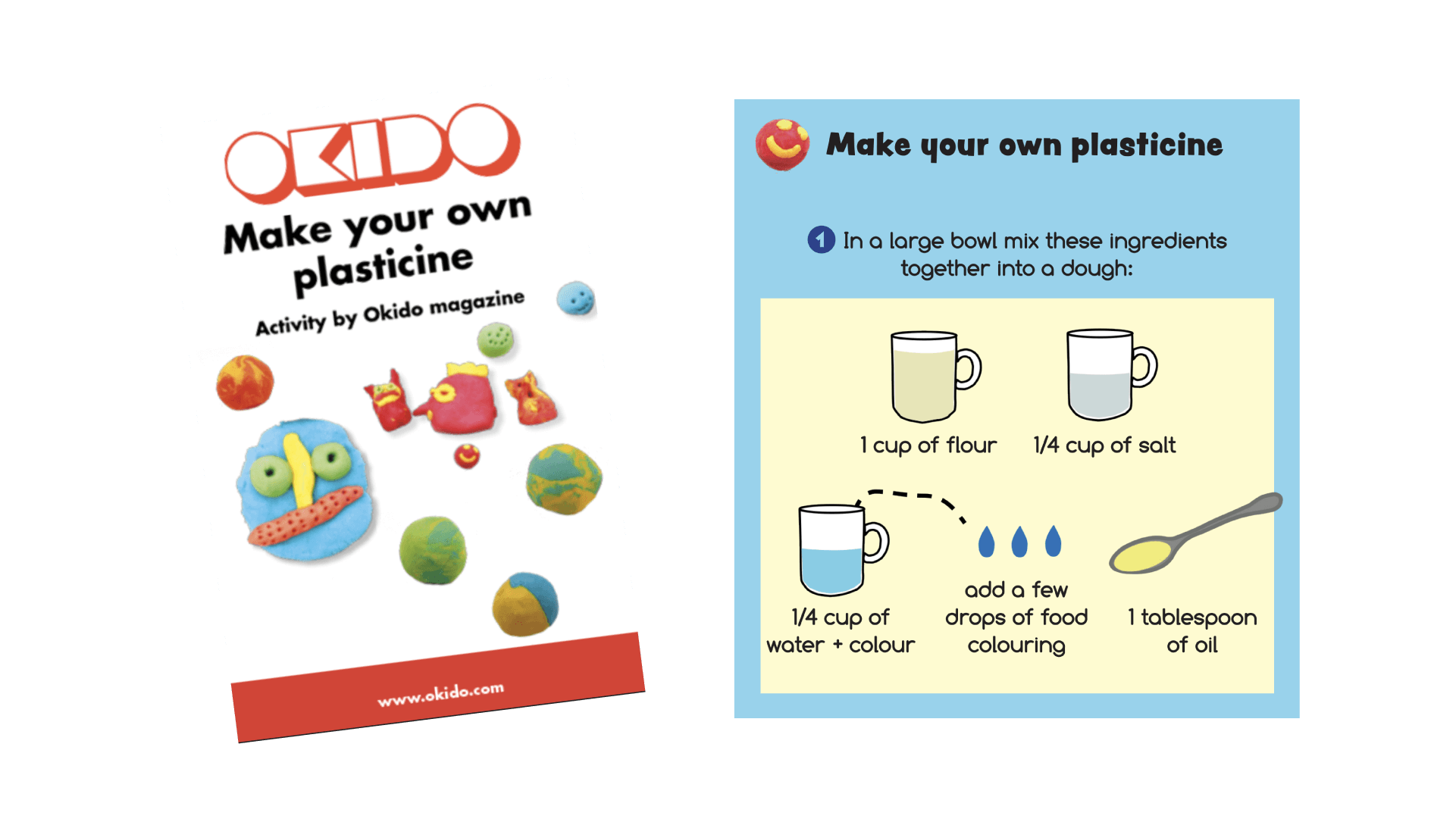
Make your own Plasticine - Okido
In this activity book, kids can learn how to read a simple recipe to make their own plasticine! We’ve given you an exclusive preview in the photo but you can learn more about making different colours once your child has earned the book!

I can cut and stick - Ray Gibson - Usborne Books
In this bumper activity book, there are loads of crafting activities for your kids, all with simple materials found around the house. We’ve given you a sneak preview here of the ‘Make your own octopus’ activity but there are loads more to try out, from crown-making to crafting flying fish!
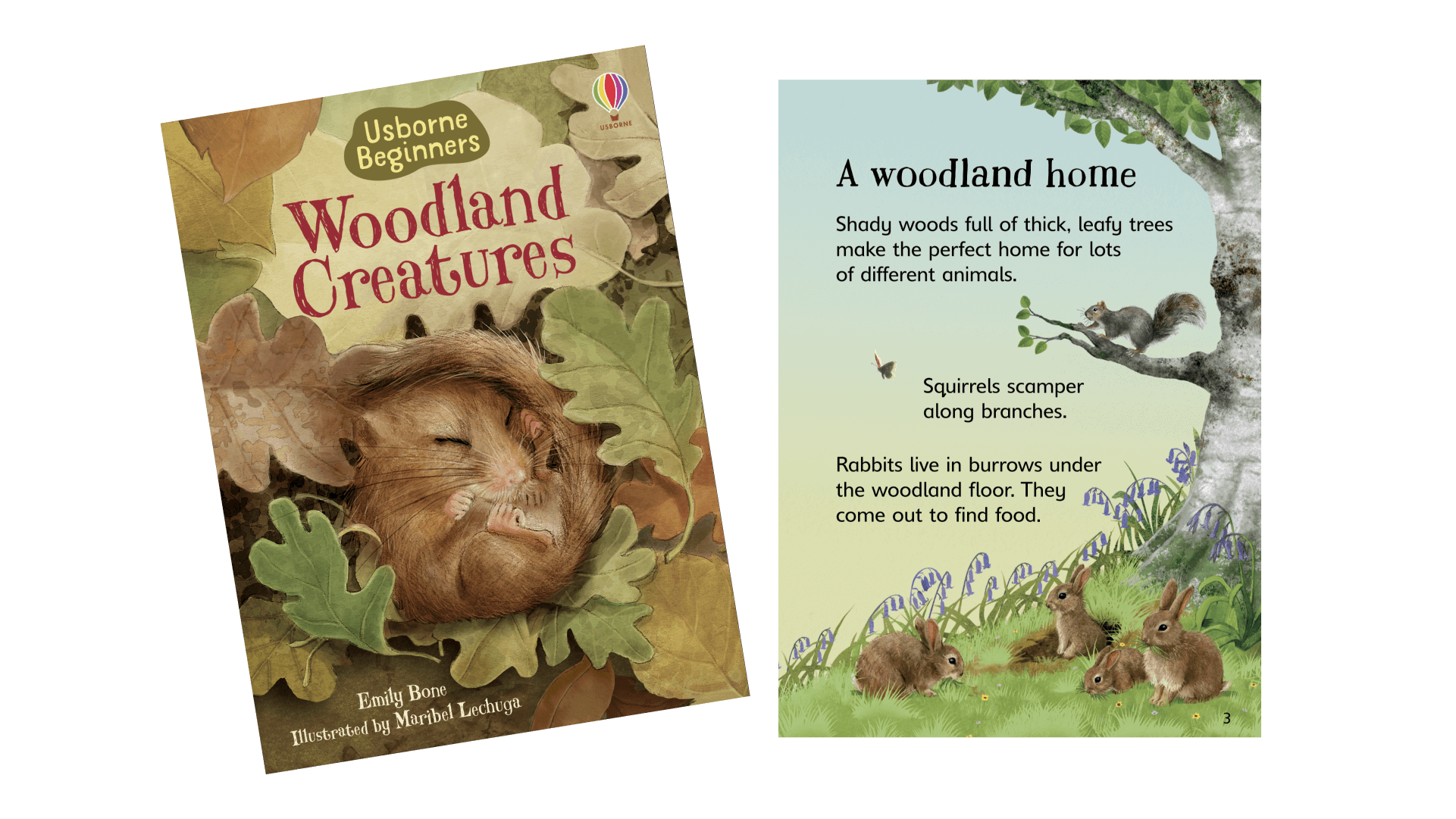
Woodland Creatures - Emily Bone - Usborne Beginners
If you’re going on a forest adventure this summer, why not read ‘Woodland Creatures’ by Emily Bone in Reading for Fun. This informative non-fiction exploration of the creatures you find in forests is perfect preparation for a forest scavenger hunt. Learn how to spot squirrels, what dormice eat and what creatures might live in dead trees…
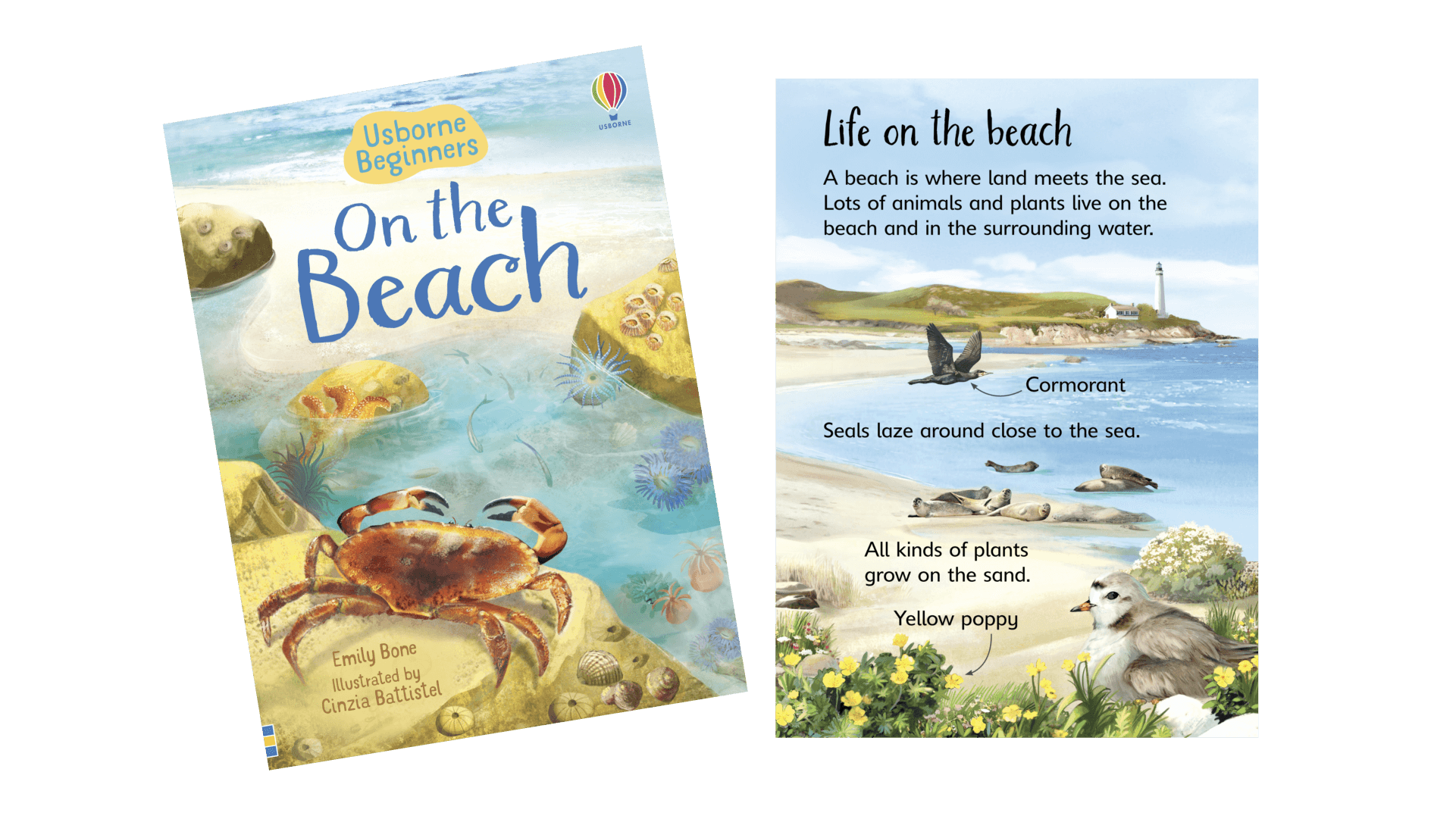
At the beach - Emily Bone - Usborne Beginners
This non-fiction book by the same author explores everything that you might find by the beach. Perfect for a beach holiday learn all about the creatures you may spot while rock-pooling in your winkle-pickers (or flip flops maybe!)
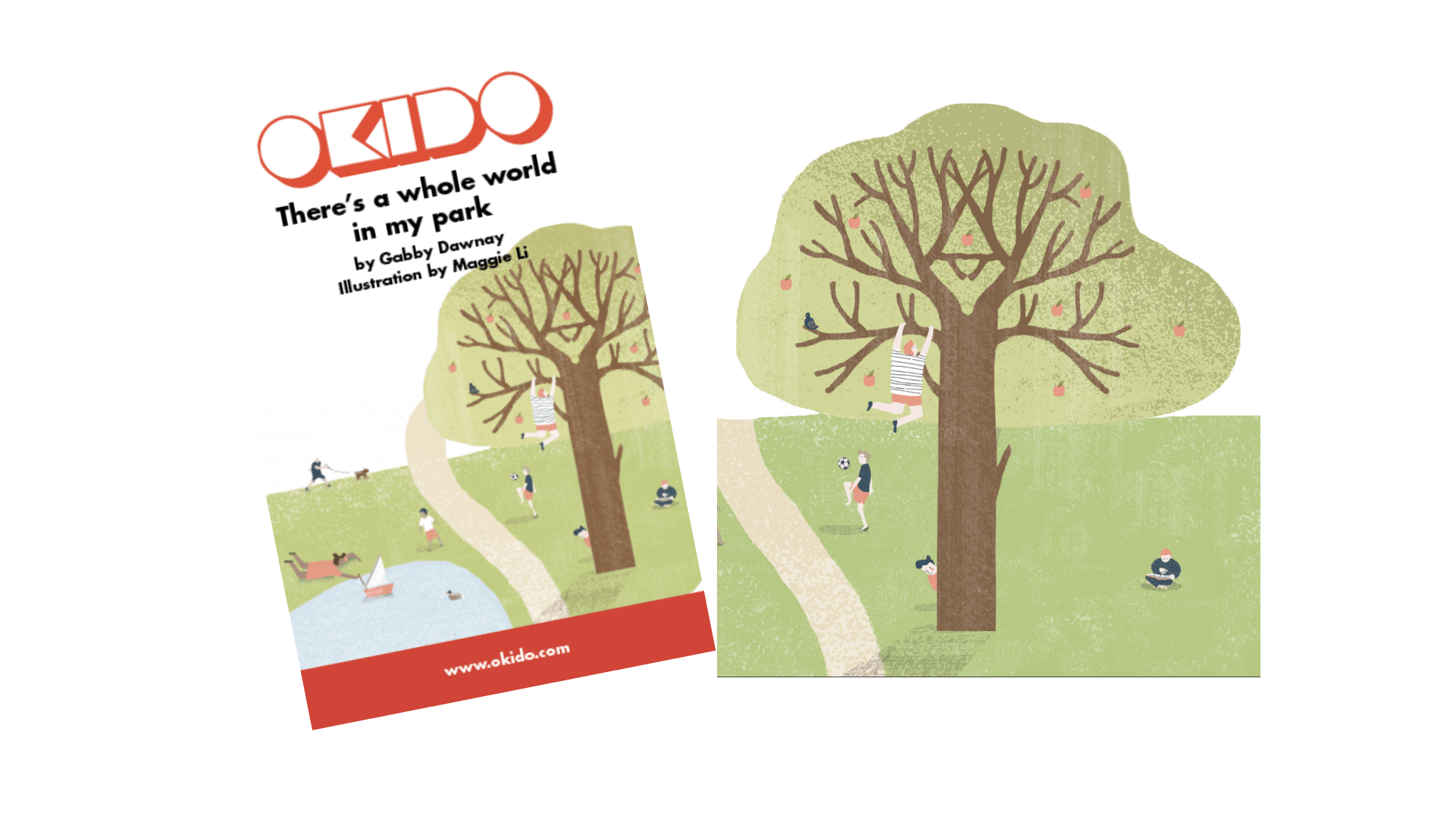
There’s a whole world in my park - Gabby Dawnay
For a holiday that’s closer to home, why not read ‘There’s a whole world in my park’ - a beautiful short story about someone’s local park. You could even make one up with your kid about your local park!
There are loads more books to discover in Reading for Fun - play the game to explore a bookshelf you can take on your travels this summer!
If you want extra incentive and fun with reading this summer, we really love the look of this Summer Reading Challenge by The Reading Agency too - all you need to do is sign up, read books and earn fabulous digital rewards!

Al Goss
Product Manager for Teach Your Monster Reading for Fun
(2 minute read)

Summer can be a wild and wonderful time for kids - long days playing games and lots of fun in the sun! But as parents, we all need some time to chill and it can be hard to get the little ones into a relaxed state of mind. So I thought I’d share some of my favourite calming videos and activities from my teaching days to help you and the kids chill out.
- Facetime with Blazer Fresh - This video shows your kids how to make their face and body calm - one minute of tuning into the feeling of calm.
- Melting - A four minute activity where your child simply needs to freeze and thaw - slowly! I used to use this just after playtime in reception - perfect for calming down after lots of physical activity.
- The Body Scanner - this wasn’t the exact one I used but it’s a very good body scan video. Ideal for a mindful moment, this five minute video talks you through a scan of each body part - I recommend a good lie down for this one!
- Make a calming glitter jar - always a permanent fixture in our ‘calm corners’, these easy DIY glitter jars are really great for some mindful watching. I even used to hide little toys in there so kids could follow something around inside the jar. Perfect for channeling calm!
- Rainbow Breathing - I think these breathing activities are really awesome. You can even make your own by drawing a rainbow out and having your child colour it - a 2-4-1 craft and mindfulness activity!
- Read our lovely comic ‘Bongo Blows his top’ - as well as helping to identify some tough feelings, it has some lovely calming strategies to practise at home!
And my final gift to you - one last video to help you with the post-activity clean up - the tidy up song! This was such a valuable tool for a messy classroom, by the end of the song everywhere was tidy and the kids were behind their places. Stickers for extra helpful cleaners were always a great motivator too.
Happy summer holidays to you all!
Kay Leathers, freelance consultant for Teach Your Monster and ex-primary school teacher!
Photo by Johnny McClung on Unsplash
Display resources and tutorials for End of School Term!

Congratulations on making it through the whole school year! We know you're probably very excited for summer holidays and TYM will be right here waiting for you when you get back.
You're some of the hardest workers on the planet, and here at Teach Your Monster, we love to make your life a little bit easier when it comes to teaching and resources.
Before the end of term
Make sure you...
- share your player passcodes with parents so kids can practice their skills over summer
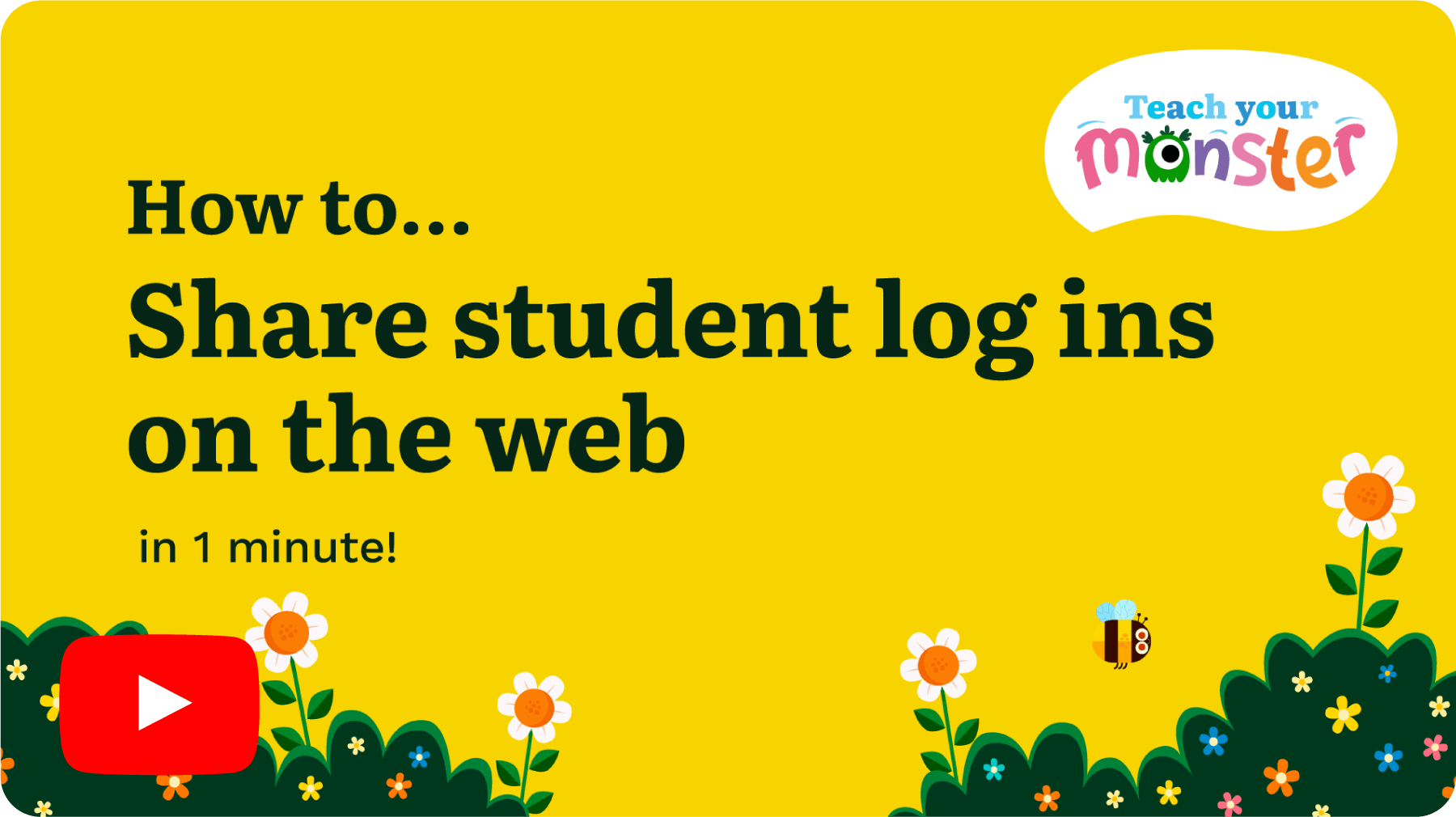
Watch how
- AND transfer your old students to their new class
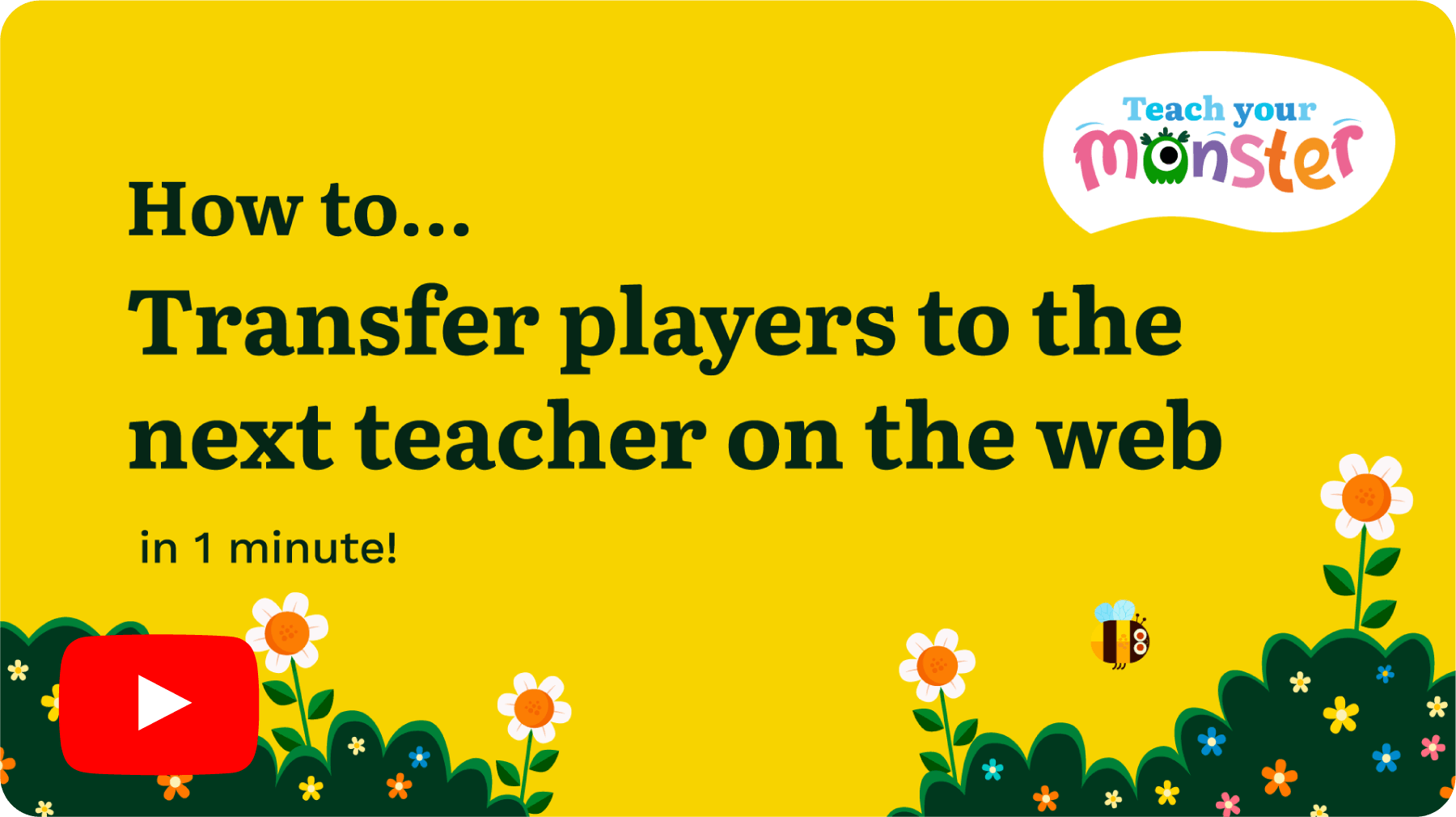
Watch how
Click here if you'd like to watch the rest of our 1 minute tutorials. Feel free to share these videos too!
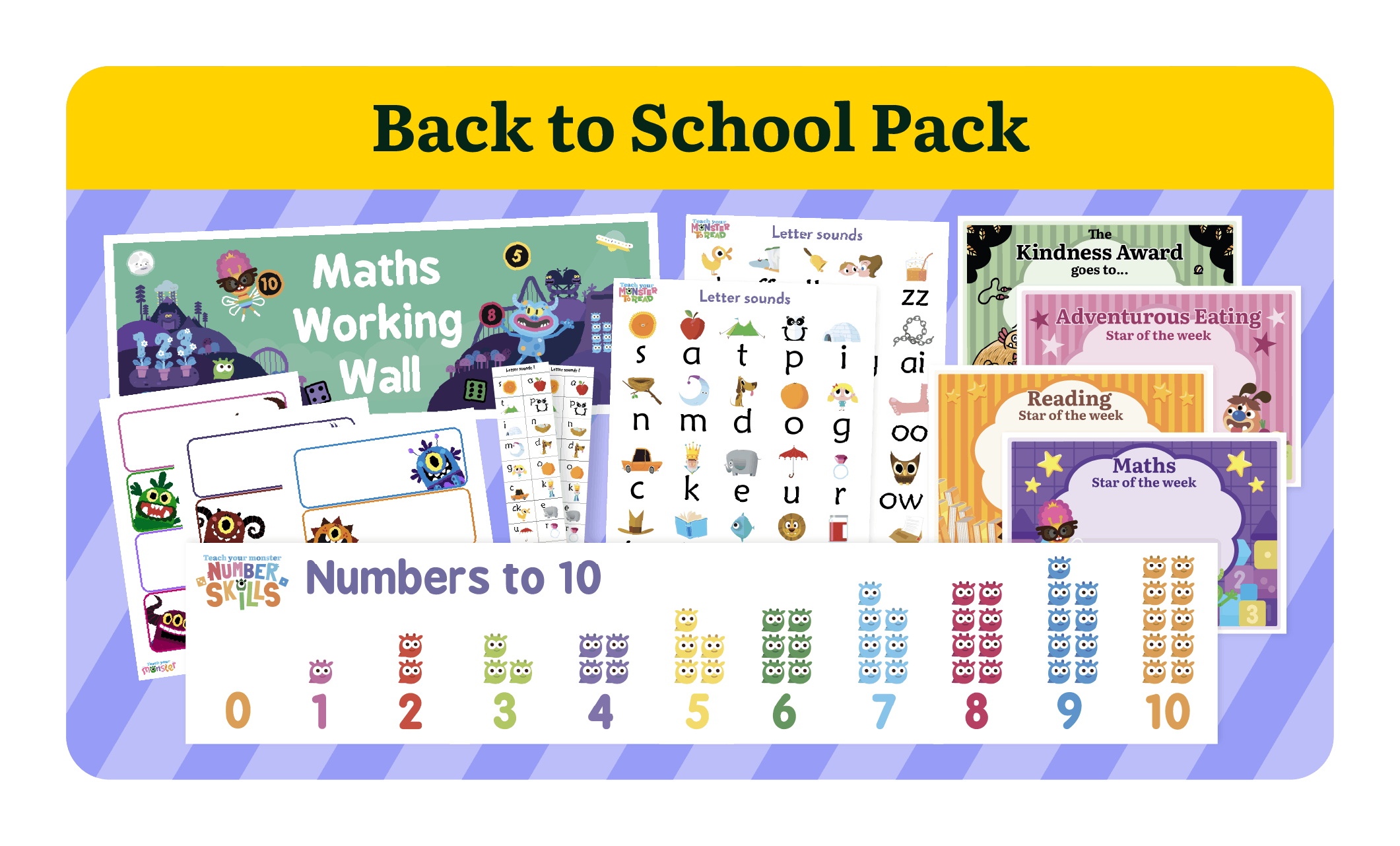
We know some of you start prepping before the end of term, so we've prepared a big Back to School Pack with loads of lovely FREE RESOURCES for display in your classroom.
Download
Do you need a Data Processing Agreement to use Teach Your Monster? Read here for more information and advice on how we can help.
Have an absolutely wonderful summer, put your feet up - we know you deserve it. If you have any feedback on our resources, or have something in mind you'd love us to make, do contact us on
See you in the fall!
Teach Your Monster HQ
We are delighted to announce that our game, Teach Your Monster Adventurous Eating, has been shortlisted for an award at this year's Games For Change Awards festival in New York!
Adventurous Eating has been nominated in the 'Best In Health and Wellness' category alongside Soul Paint and So Exhausting, with the winner being announced at the ceremony on 27th June.
It is an honour once again to be recognised by our peers and industry experts for our efforts in making magical, fun-filled learning games. This is the second year running that we have had a game nominated, with Teach Your Monster Number Skills making the shortlist for 'Best Learning Game' in 2023.
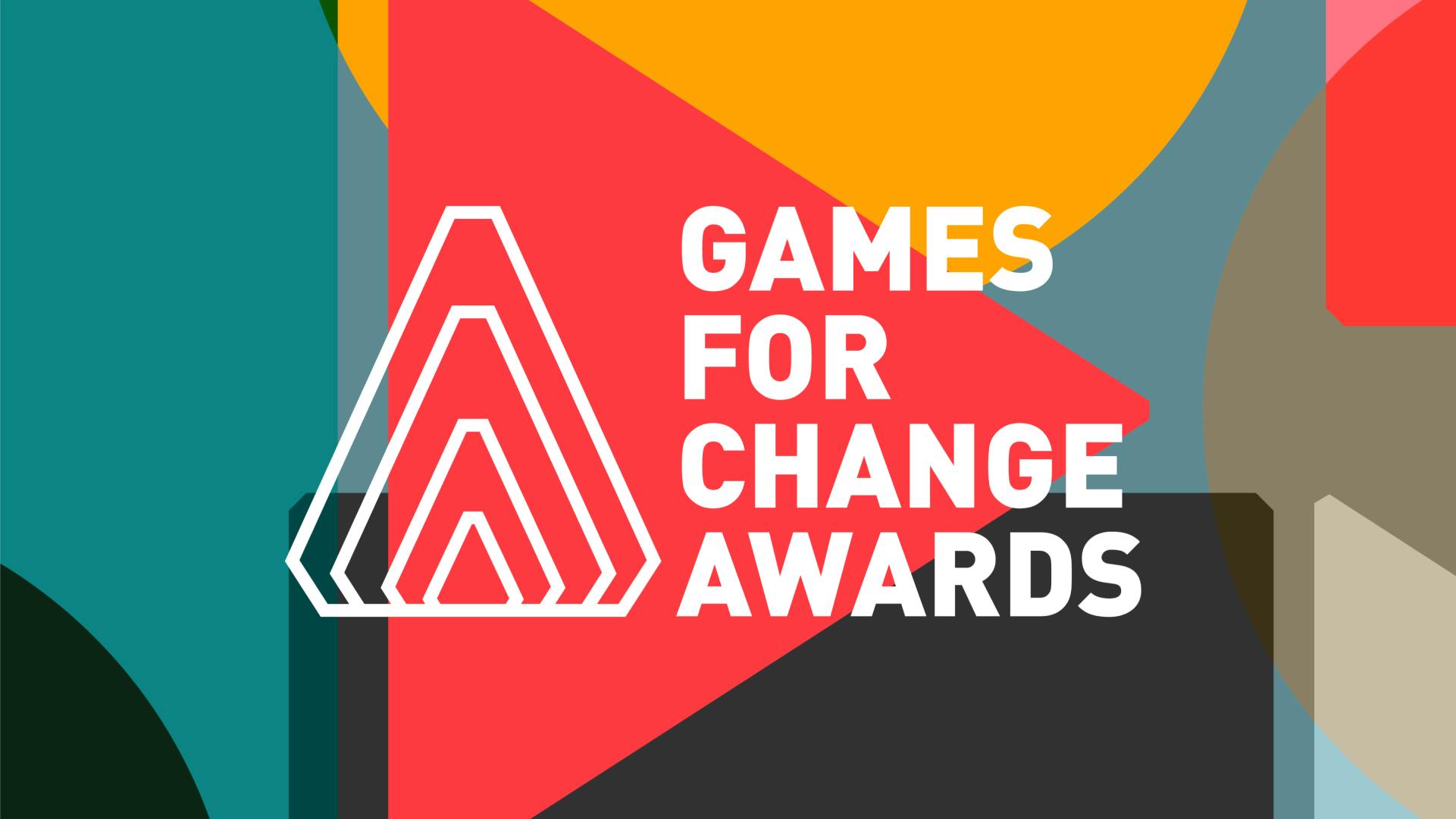
Teach Your Monster Adventurous Eating is a unique game that encourages kids to eat a broader range of fruit and veg and build a better relationship with food. Designed in collaboration with Dr Lucy Cooke - an expert in children’s food preferences and eating habits - and inspired by the SAPERE method, Adventurous Eating is packed full of fun mini-games that encourage kids to explore foods with all five of their senses.
Despite only being released in January 2023, Teach Your Monster Adventurous Eating has been played over 6.4 million times by over 1.25 million children - based on research with hundreds of parents who use the game at home, 16% said their child tried new foods as a direct result of playing Adventurous Eating.
